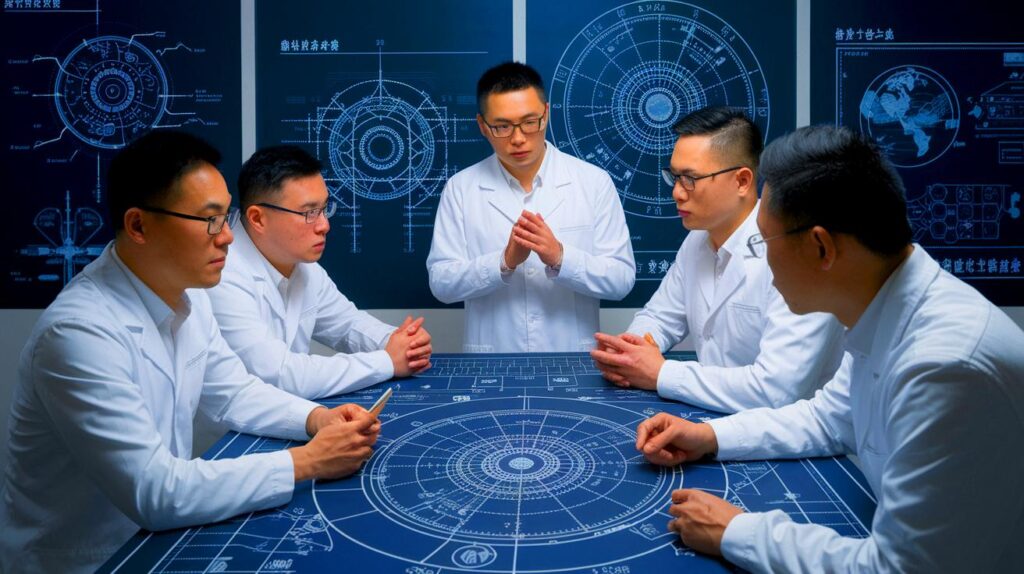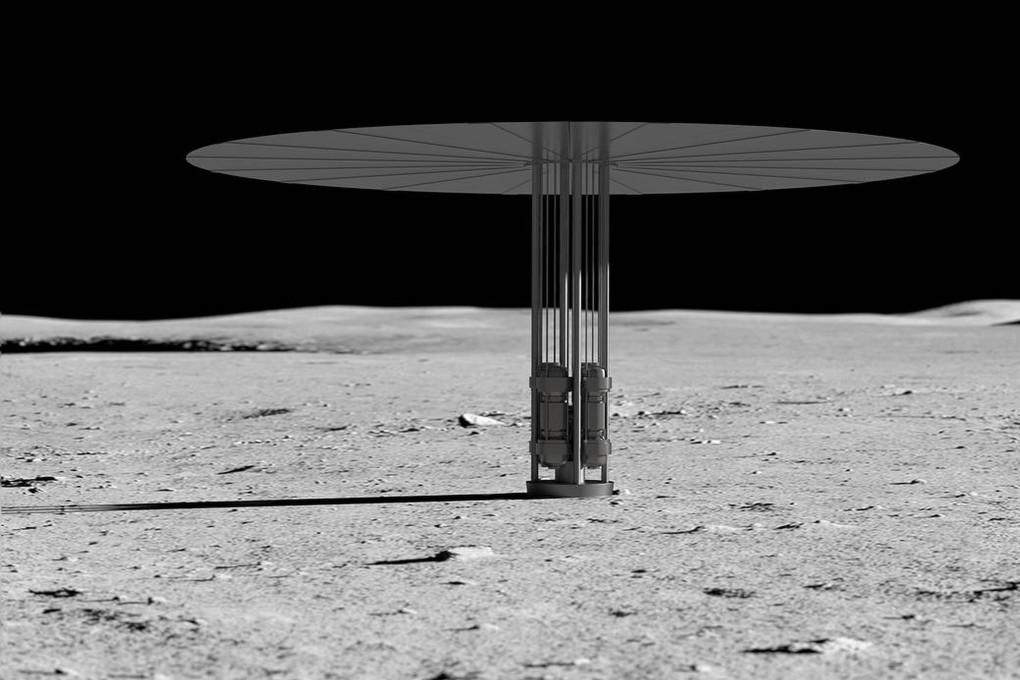| IN BRIEF |
|
The competition for lunar exploration between China and the United States has reached a decisive turning point, fueled by the technical innovations introduced by Chinese engineers in their lunar reactor design. While NASA is grappling with inefficiencies in its designs, China claims to have found solutions to optimize fuel consumption and enhance energy production. These advancements have the potential to shift the balance of power in this new era of space exploration.
Revolutionary Technological Innovations
Chinese nuclear engineers have identified a critical inefficiency in the design of NASA’s lunar reactor. With structural adjustments, they estimate they can cut fuel consumption by 75%, while also increasing energy output and reactor durability. These improvements are not just theoretical; they have already been incorporated into China’s lunar reactor program. This strategic advancement could provide Beijing with a significant edge in the current race to the Moon.
The project leader, Zhao Shouzhi, and his team published their findings in a scientific article in the Chinese journal Atomic Energy Science and Technology. Their lunar reactor is capable of producing up to 40 kilowatts of electricity for over ten years, a feat made possible through the use of ring-shaped fuel rods and yttrium hydride moderators.
The Secrets of Chinese Design
The Chinese lunar reactor stands out due to its ability to overcome the limitations of traditional designs. The key element lies in the use of double-sided annular fuel rods. These rods, which can be produced by large nuclear companies like Westinghouse, encase uranium dioxide pellets in a stainless steel sheath. This design facilitates both neutron moderation and simultaneous heat dissipation on both inner and outer surfaces.
Additionally, the yttrium hydride moderator used in the Chinese reactor remains stable at extreme temperatures, thus reducing the risks of hydrogen leaks that had previously destabilized earlier systems utilizing zirconium hydride. These technological choices reflect a forward-thinking and pragmatic approach that could redefine standards for nuclear technology applied to space exploration.
A Strategic Advantage for Beijing
With these innovations, China could not only catch up but potentially surpass the United States in the race for lunar colonization. The ability to reliably and sustainably produce electricity is crucial for the long-term viability of lunar bases. By optimizing fuel consumption and increasing energy output, China ensures a dominant position in this strategic competition.
The implications of these advancements are vast. They could lead to a diversification of international partnerships for China and strengthen its geopolitical position in the space domain. Furthermore, these innovations may impact terrestrial nuclear industries, offering new perspectives for clean and efficient energy production.
Future Perspectives and Challenges Ahead
Although China’s advancements are impressive, challenges remain. Implementing these technologies on a large scale will require substantial investments and international coordination. Additionally, integrating these systems into a lunar environment raises logistical and safety questions that will need to be addressed.
The race to the Moon is far from over, and each new discovery or innovation could potentially change the game. China has demonstrated its ability to innovate and adapt quickly, but the United States and other nations are unlikely to remain passive. These developments raise the following question: how will the landscape of space exploration change in the coming years in light of these promising new technologies?









